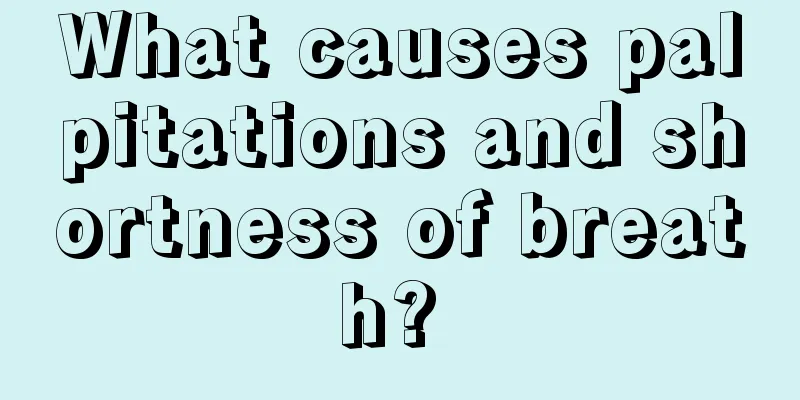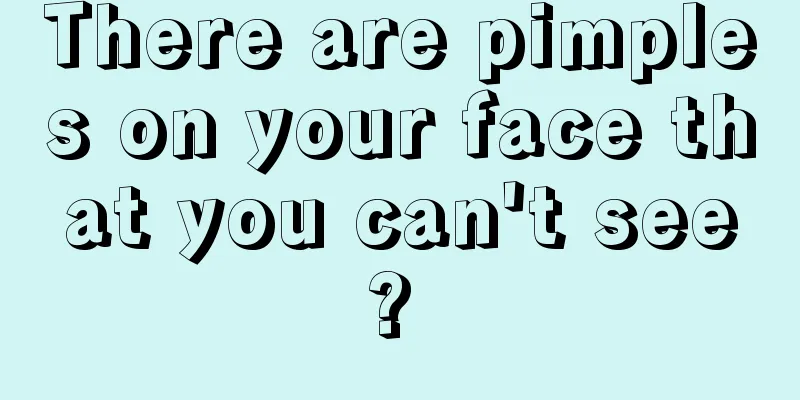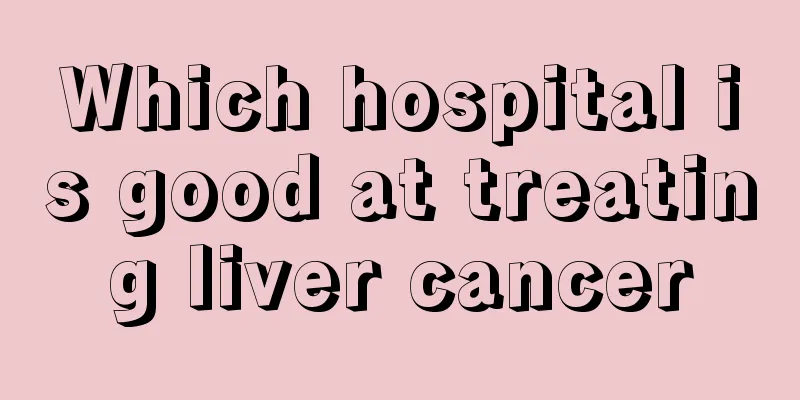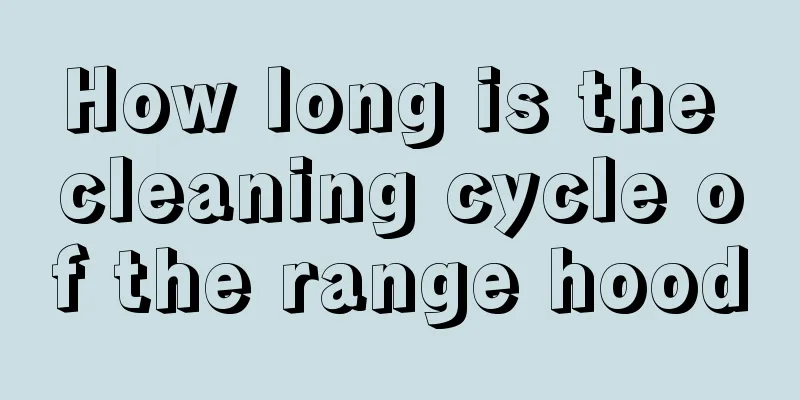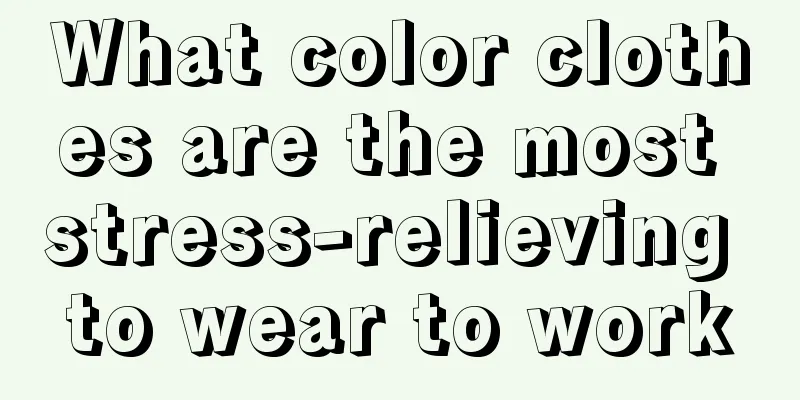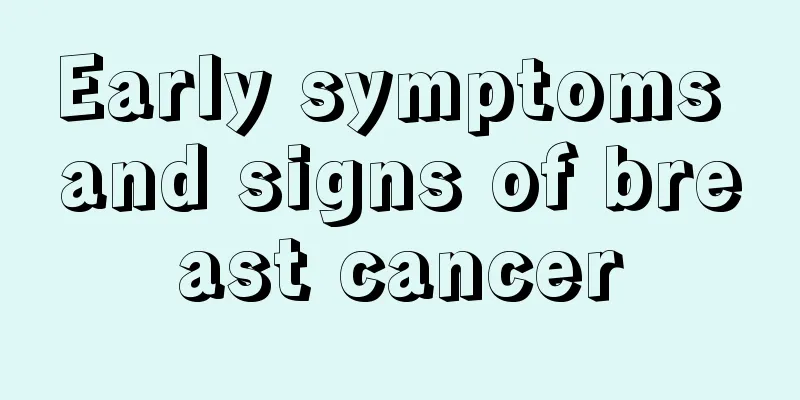Is anti-blue light film useful
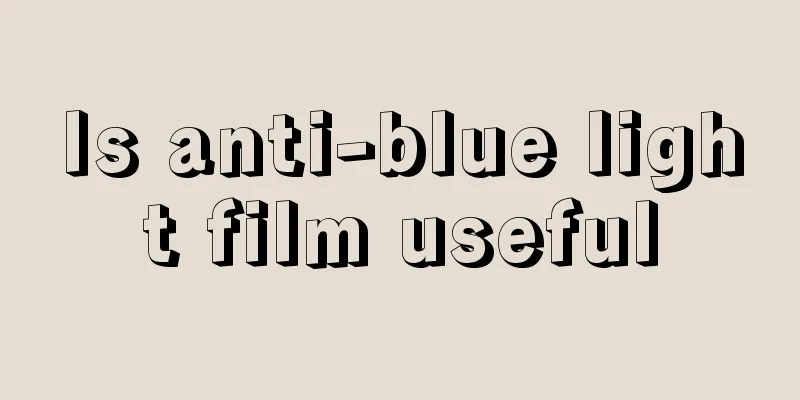
|
After buying a new mobile phone, many people like to put a protective film on it. The main function of the film is to prevent the screen from breaking. It also has a certain effect in protecting eyesight. Recently, there is a kind of anti-blue light film, which is advertised to have the effect of preventing radiation, thereby protecting eyesight. However, experts told us that the effect of this anti-blue light film in preventing radiation can be said to be very small, and it cannot effectively block blue light. When using your mobile phone, don't hold it too close and don't look at it for a long time. This can help avoid damage to your eyesight and excessive exposure to radiation. The so-called anti-blue light film is really average in effect. Now let's clarify two things: 1. Is the blue light from mobile phone screens harmful to human eyes? There are two ways in which blue light can cause damage to the human eye: one is high-intensity direct exposure, and the other is long-term exposure. So how strong is the blue light from a mobile phone screen? Someone specifically placed the mobile phone on a retinal brightness meter and a spectral illuminance meter, and conducted a 2.5-hour test on the phone with no film, different brands of anti-blue light films, and even plastic wrap. The results show that regardless of whether or not a blue light protection film is applied to the mobile phone, the blue light hazard of the mobile phone screen is level 0, the intensity is far less than the standard limit, and belongs to the non-hazardous category. Moreover, many mobile phones now have an eye protection mode. Turning on this mode can effectively reduce the blue light generated by the mobile phone screen, which is better than these anti-blue light films. As for the possible impact of long-term exposure to blue light from mobile phone screens, this does not seem to be controllable by mobile phone films. The best way is to control yourself and not play with your phone for a long time. 2. Are the anti-blue light films sold on the market really effective? The data speaks for itself . Similarly, mobile phones without film, with ordinary high-transmittance film, and with different brands of anti-blue light film and plastic wrap were placed on the spectrometer for testing, and a set of data curves were obtained. From the results, it can be seen that several sets of test curves are almost the same. The effect of the anti-blue light film is similar to that of the ordinary high-definition film, and it has almost no special effect on the transmission of blue light. In fact, this is because most people's reaction to color temperature is that the higher the color temperature (cooler, bluish), the more excited they are, and the lower the color temperature (warmer, yellowish), the more relaxed they are. The anti-blue light film simply gives the film a yellow-brown tint, making the screen warmer and less irritating to the eyes. |
<<: How to store peeled jackfruit?
>>: What are the symptoms of increased cortisol
Recommend
How to cure small cell lung cancer
How to cure small cell lung cancer? Western medic...
What are the causes of long-term runny nose
Runny nose is a common clinical symptom, but freq...
Is a sheep horn comb better or an ox horn comb better?
We all know that the horns of many animals are qu...
How to treat mild anxiety disorder?
In today's fast-paced society, everyone has m...
The most important early symptoms of colorectal cancer in daily life
Among cancer diseases, colorectal cancer is the m...
What is the reason for pain around the belly button
Pain around the navel is a relatively obvious sym...
What to do if otitis media causes perforated eardrum and hearing loss
A perforated eardrum has a significant impact on ...
How to preserve flowers?
Many friends like to put some fresh flowers in th...
What is the diet for people with high blood sugar?
Although high blood sugar is one of the three hig...
Is Mycosporic Folliculitis Easy to Treat?
Many people think that folliculitis is a skin dis...
What are the folk remedies for tinnitus?
Tinnitus may often occur to people who are under ...
How to judge the height of the hairline
The height of the hairline directly affects the o...
What causes weakness in the limbs
It is important to understand the causes of limb ...
Do you know the harm of smoking to the lungs?
My father has been smoking for several years. Eve...
How to take care of your hair after bleaching and dyeing?
Bleaching and dyeing hair is a very common way of...
